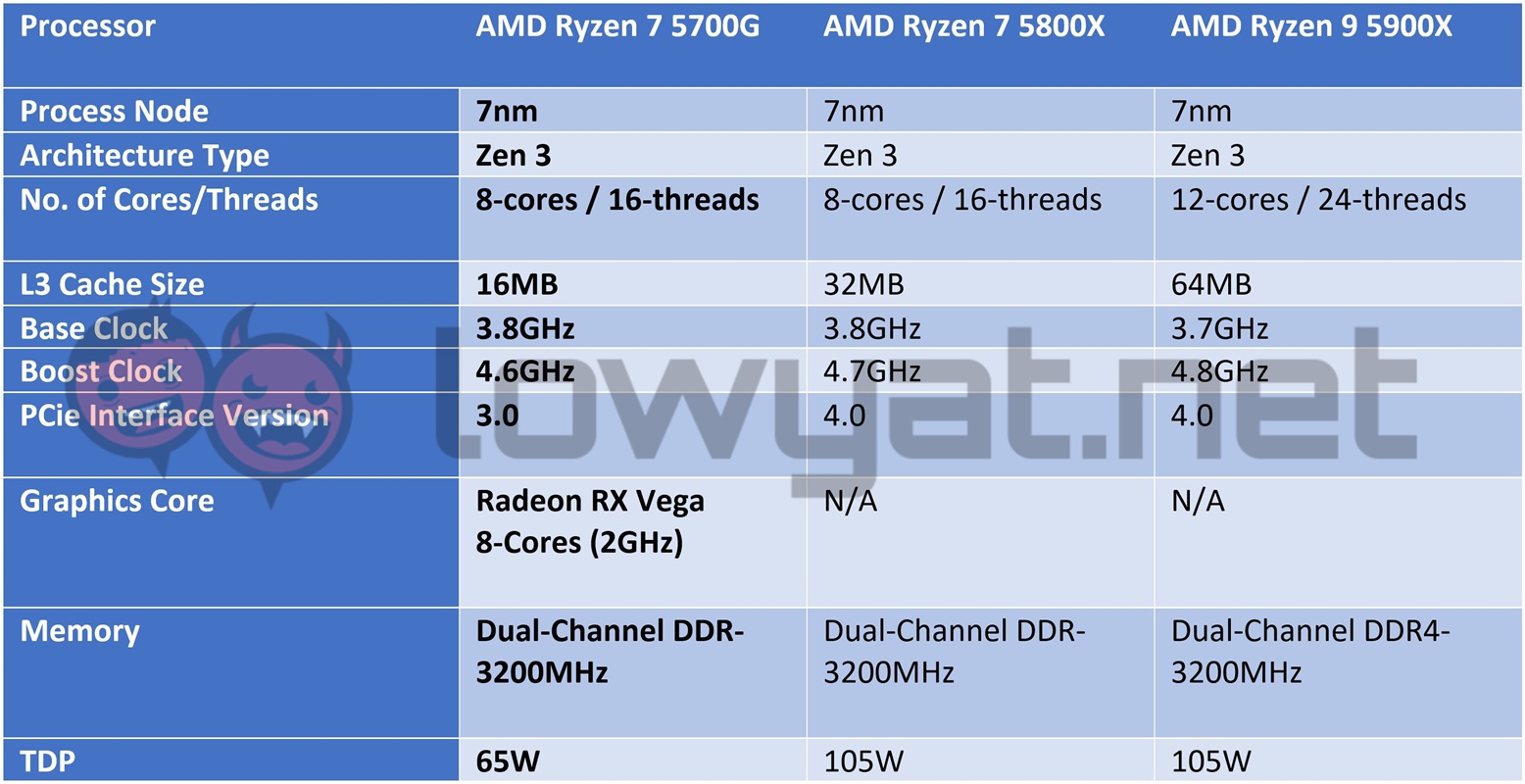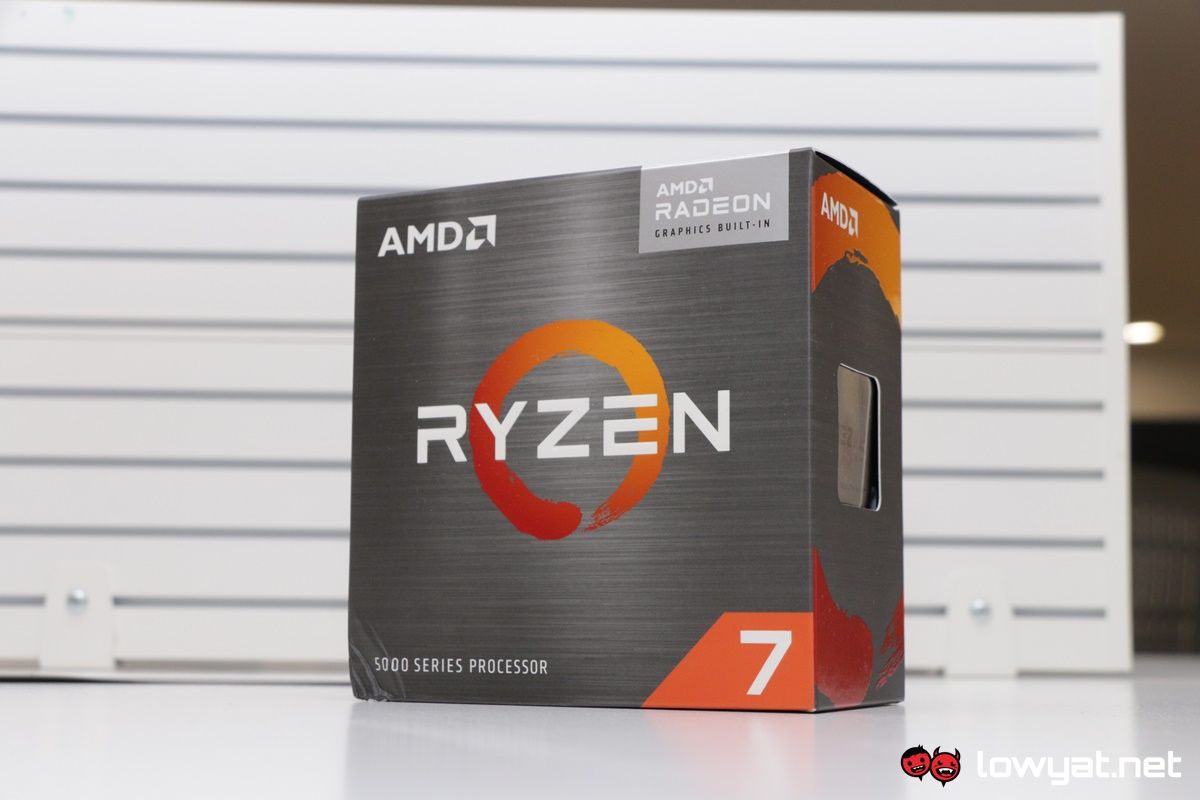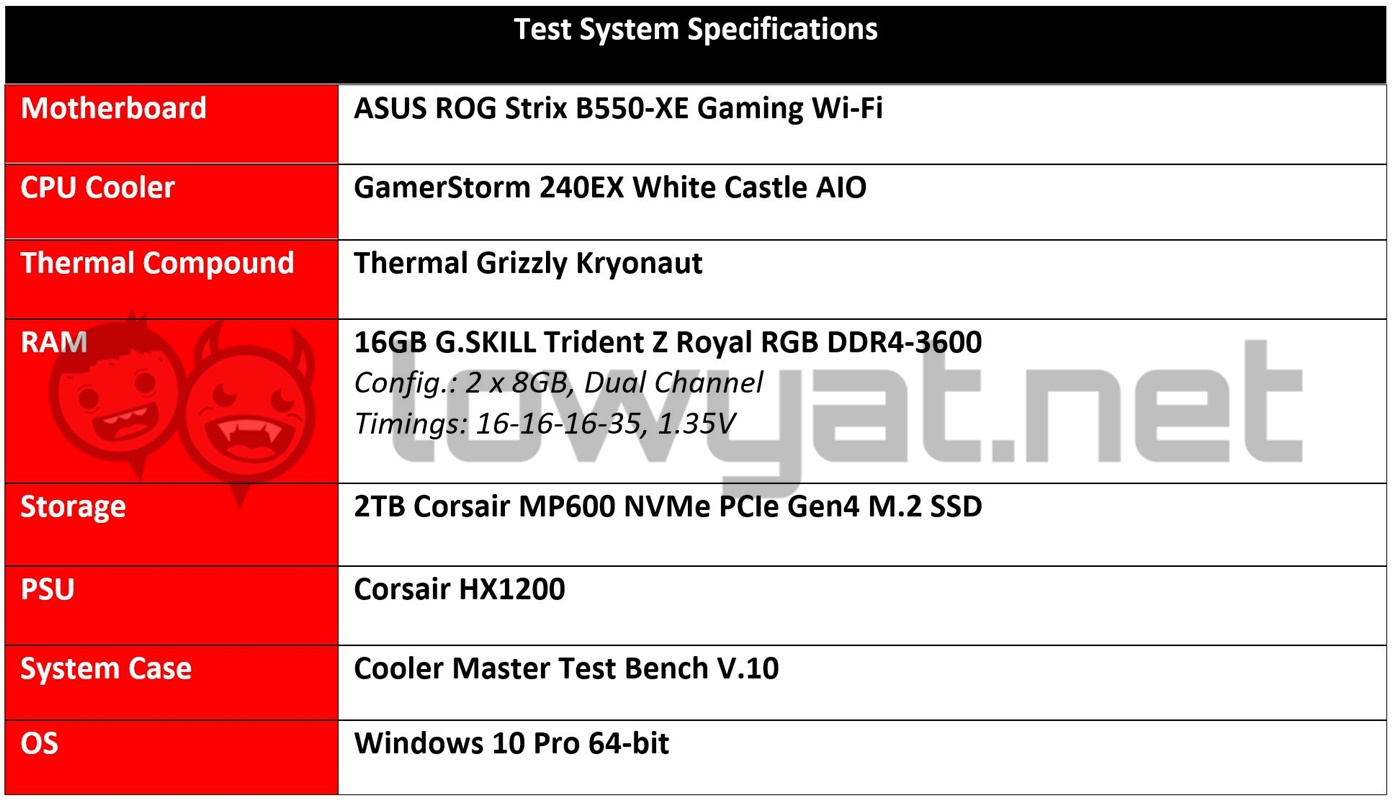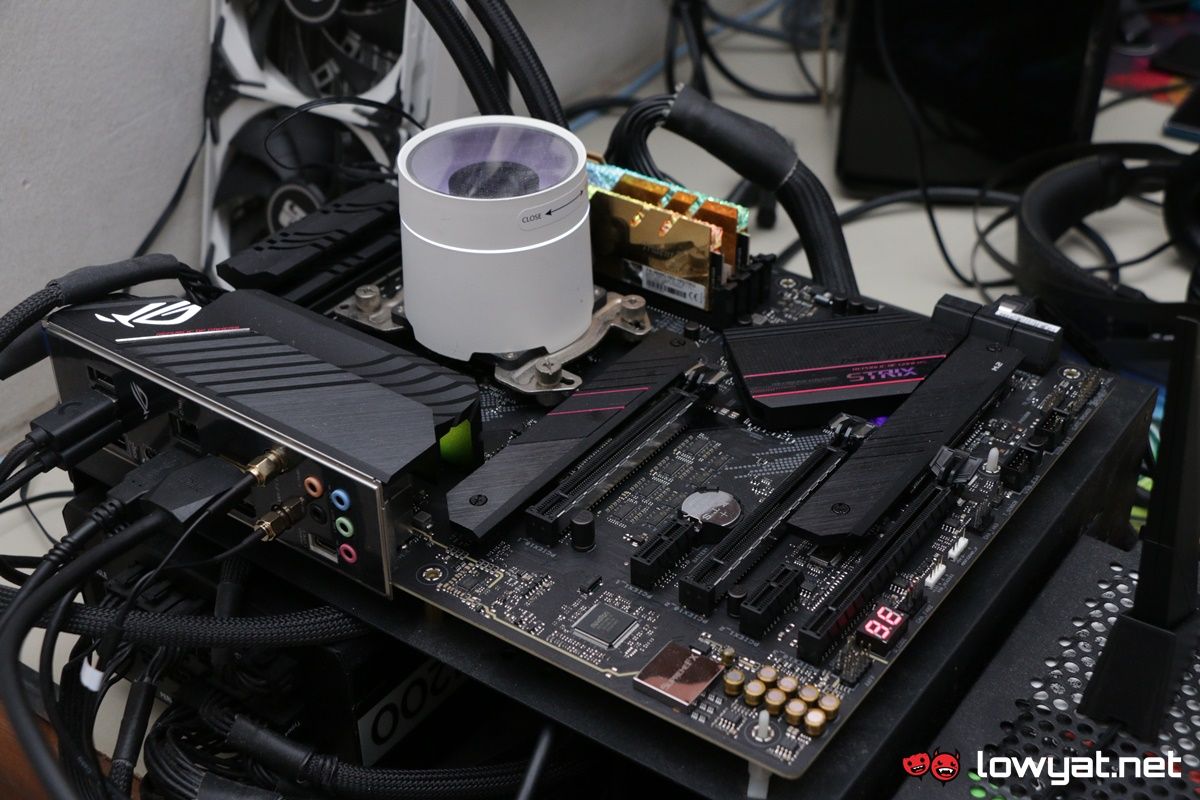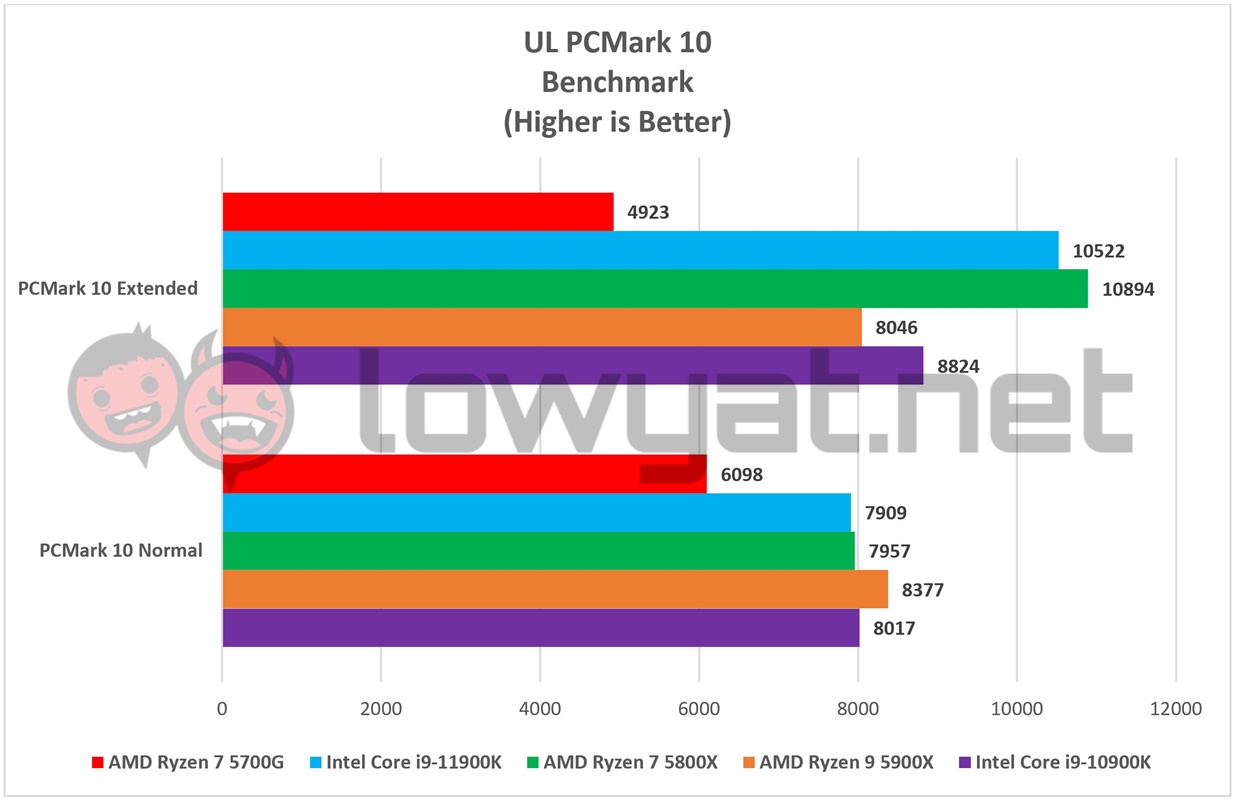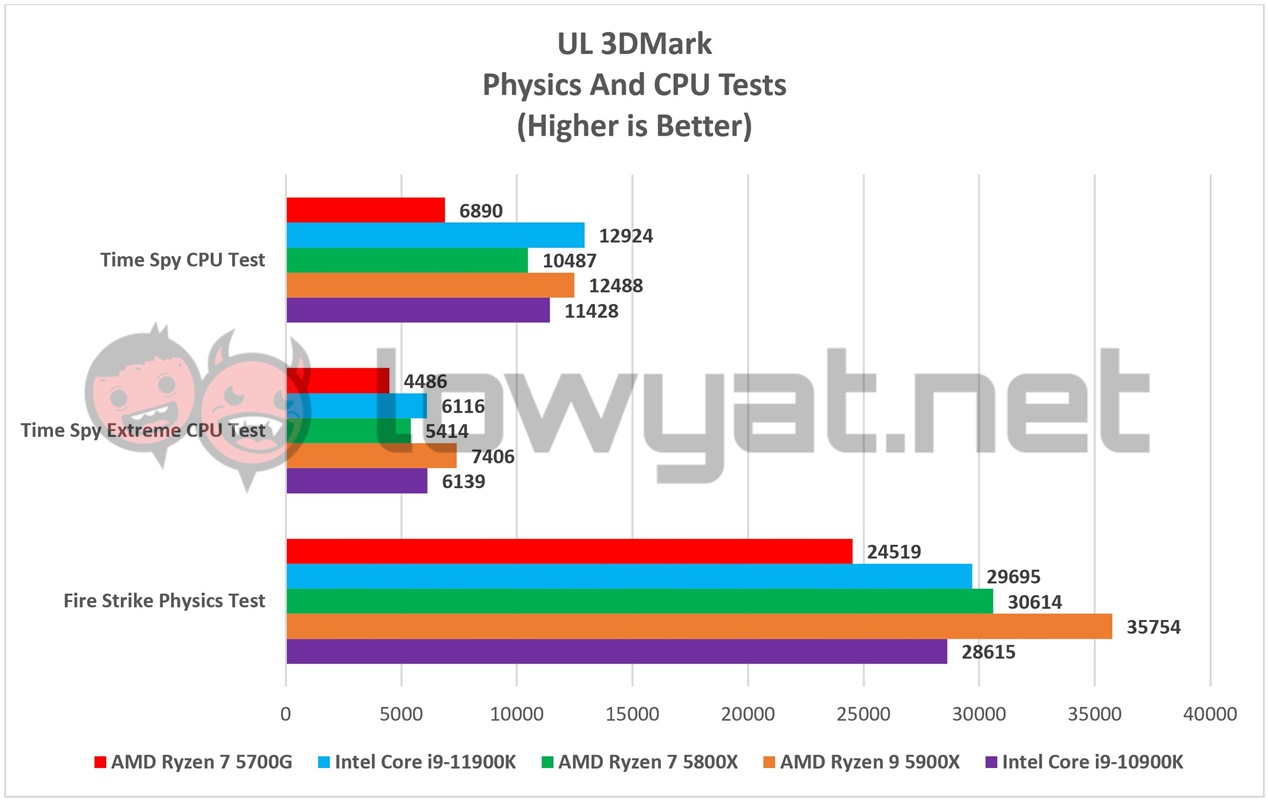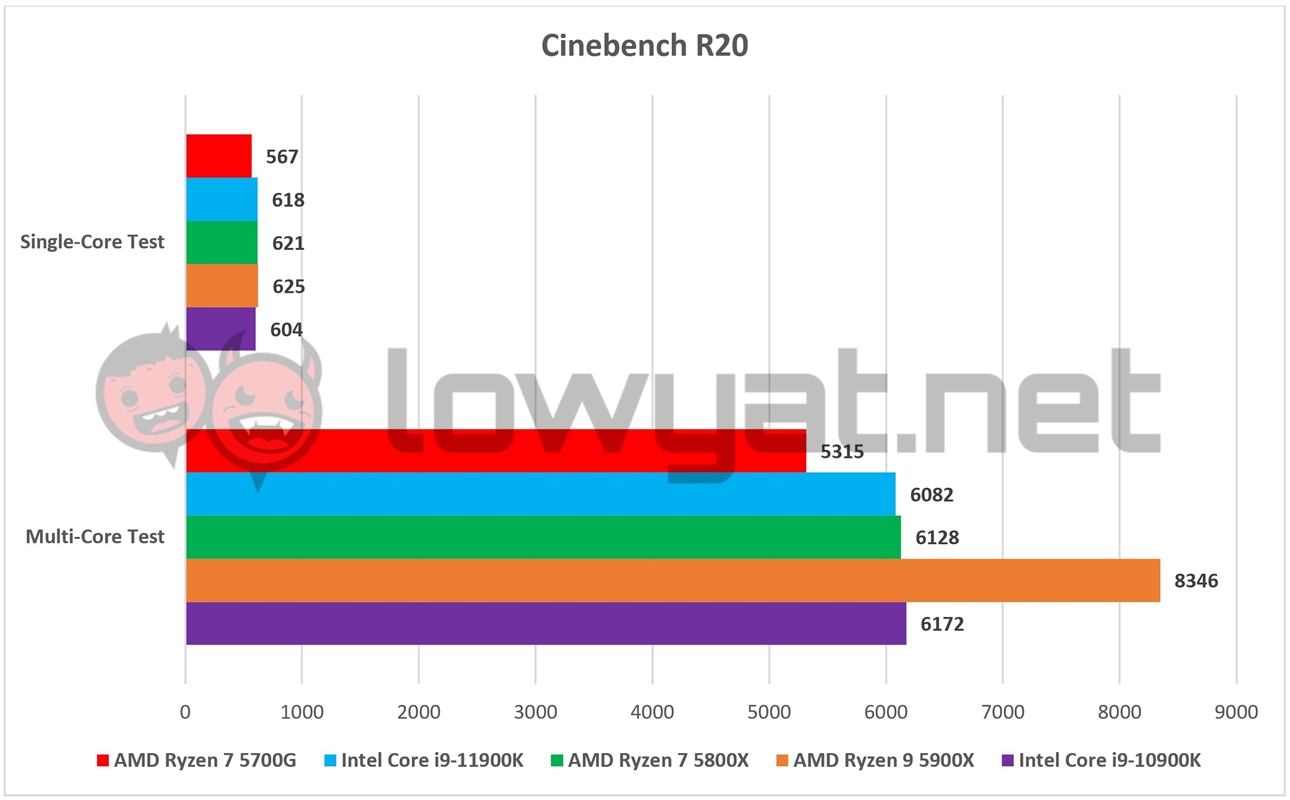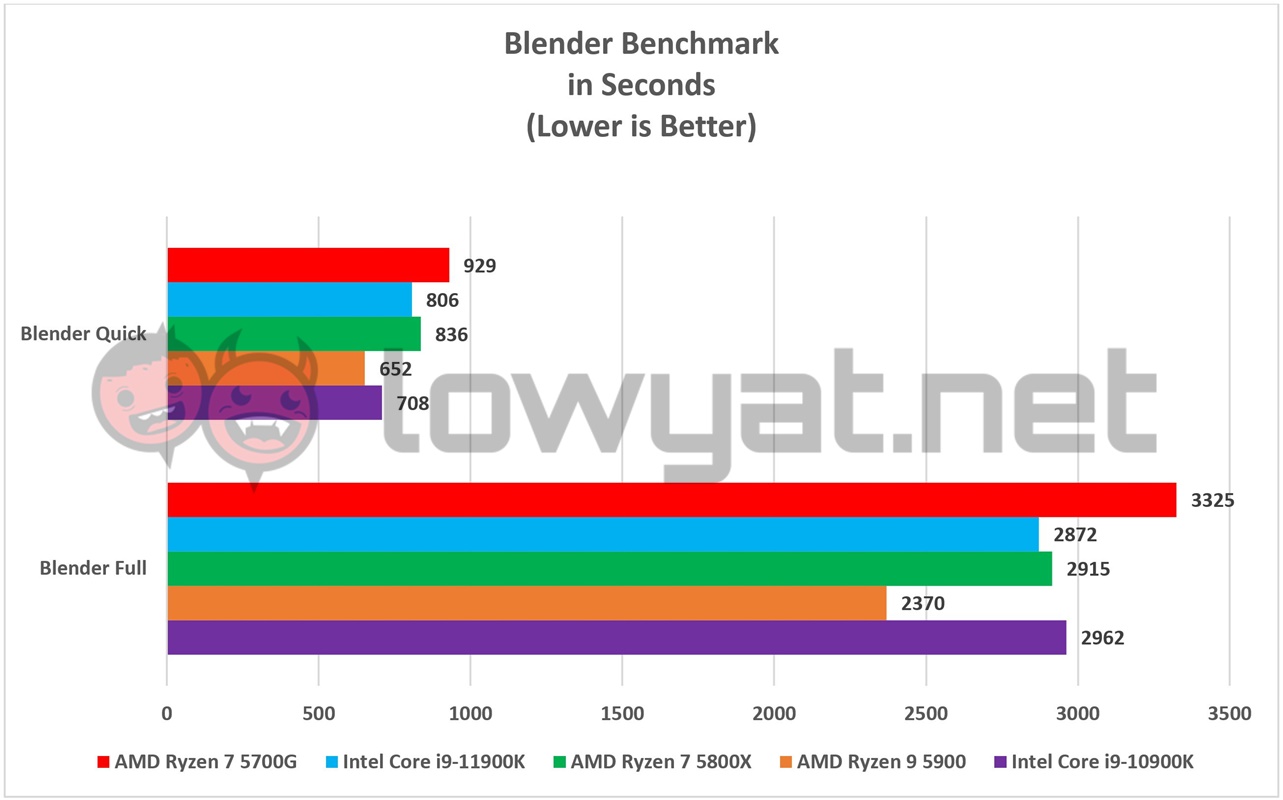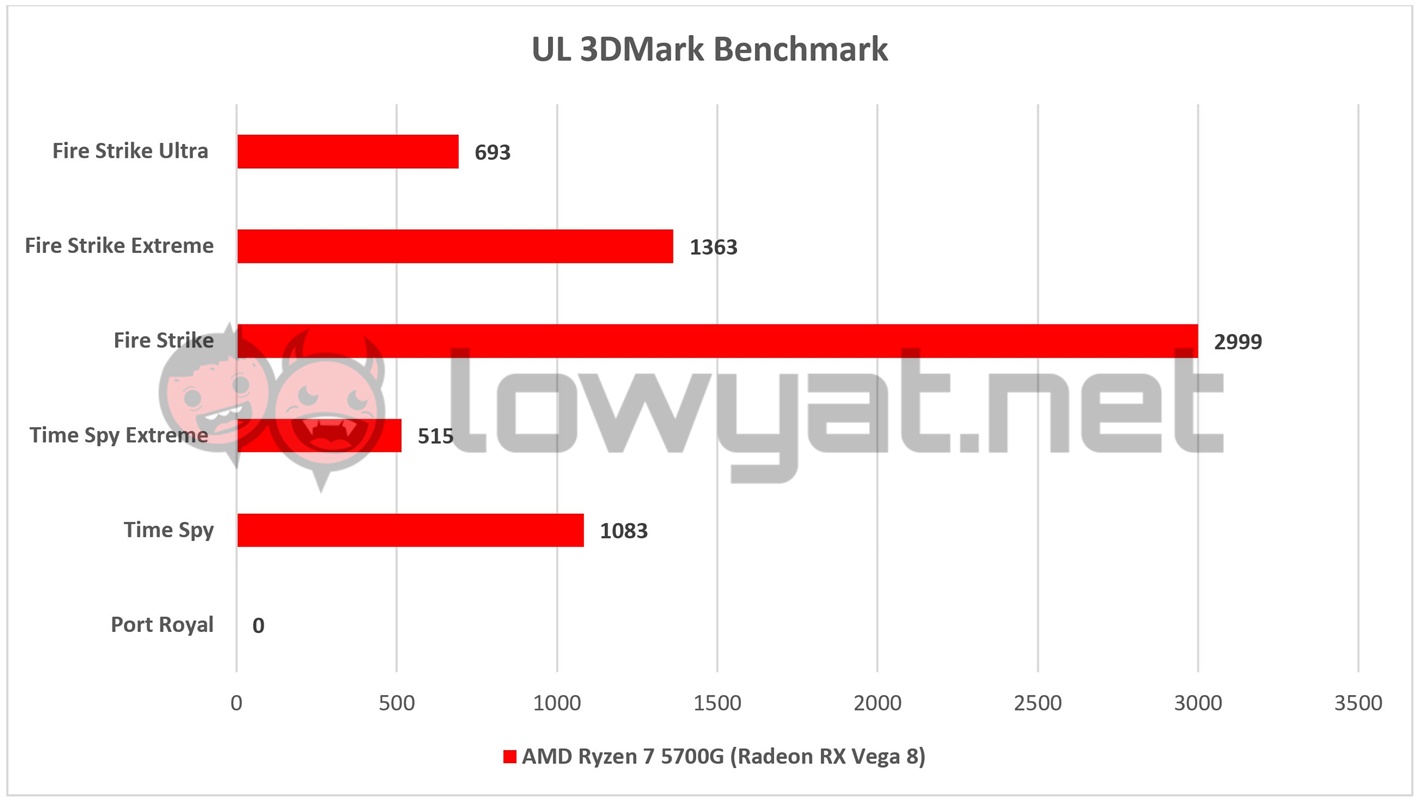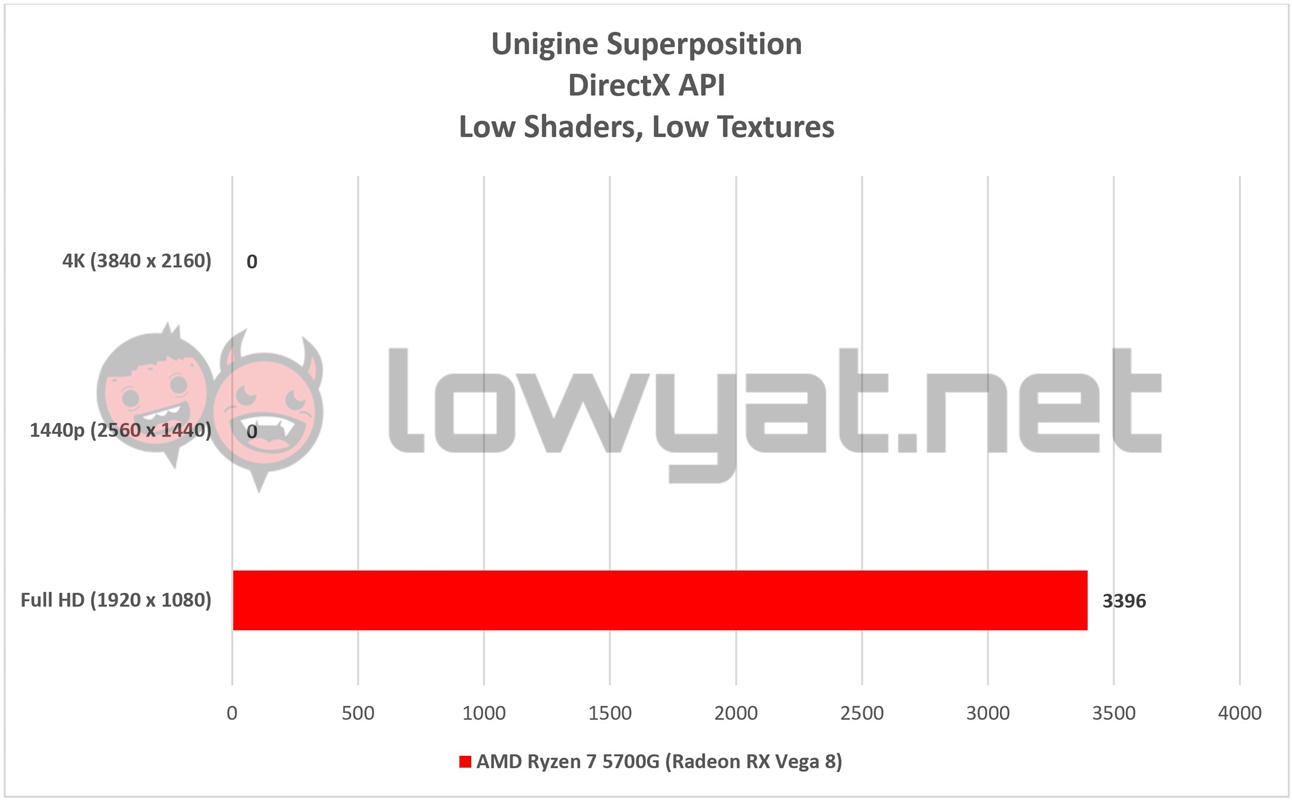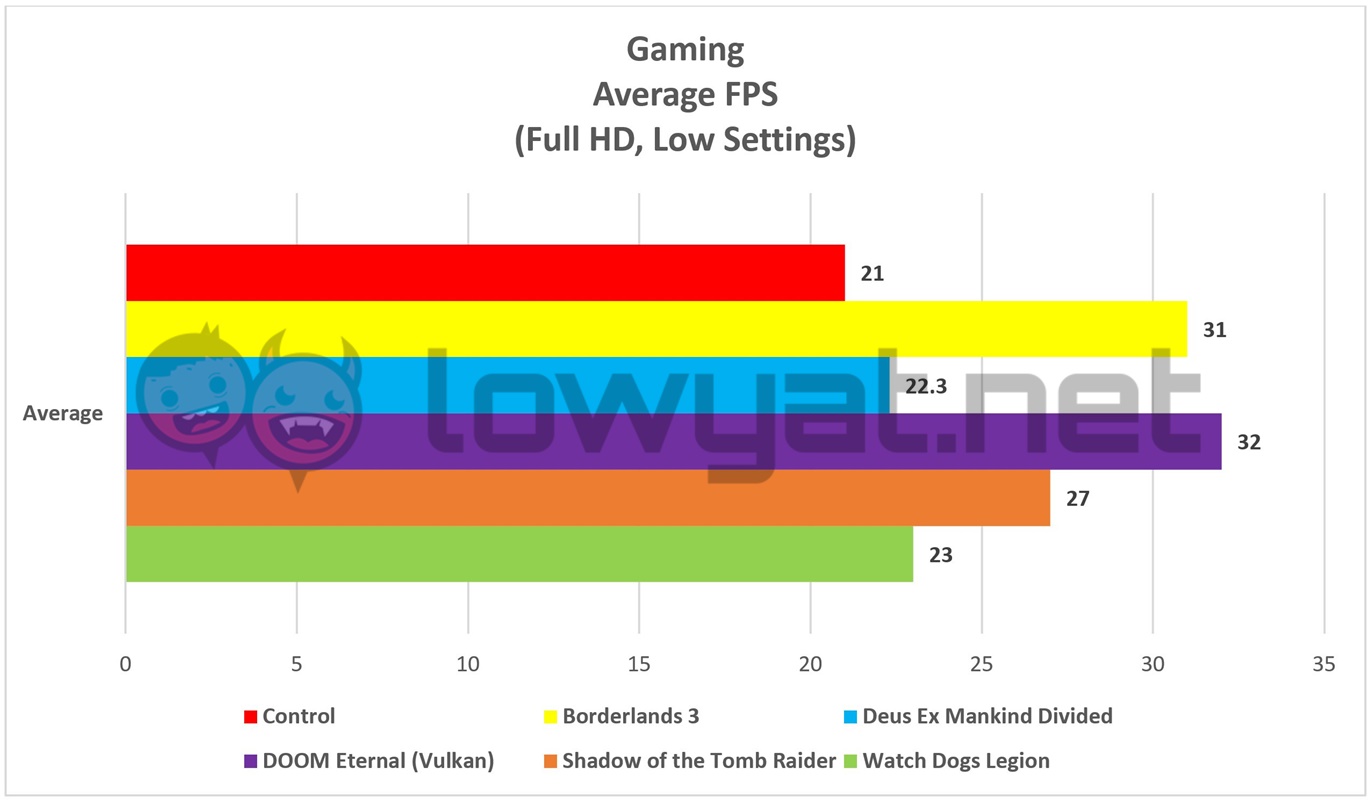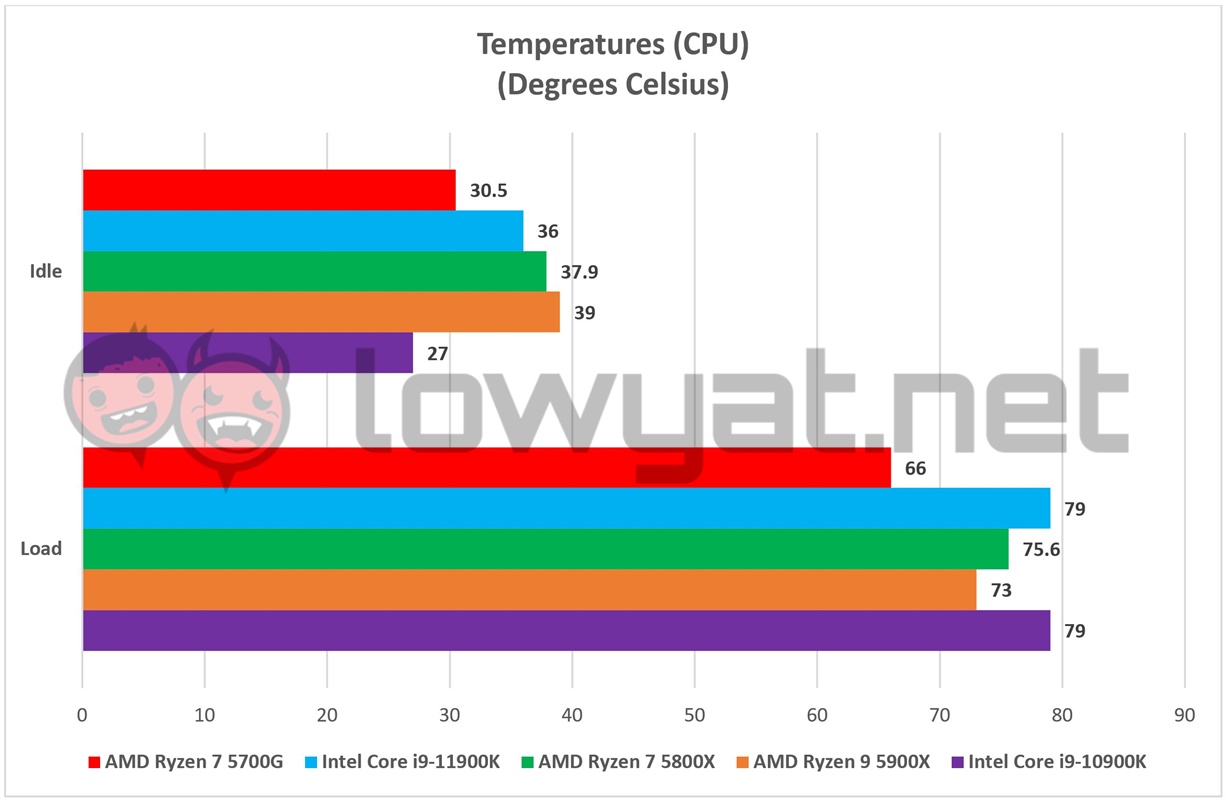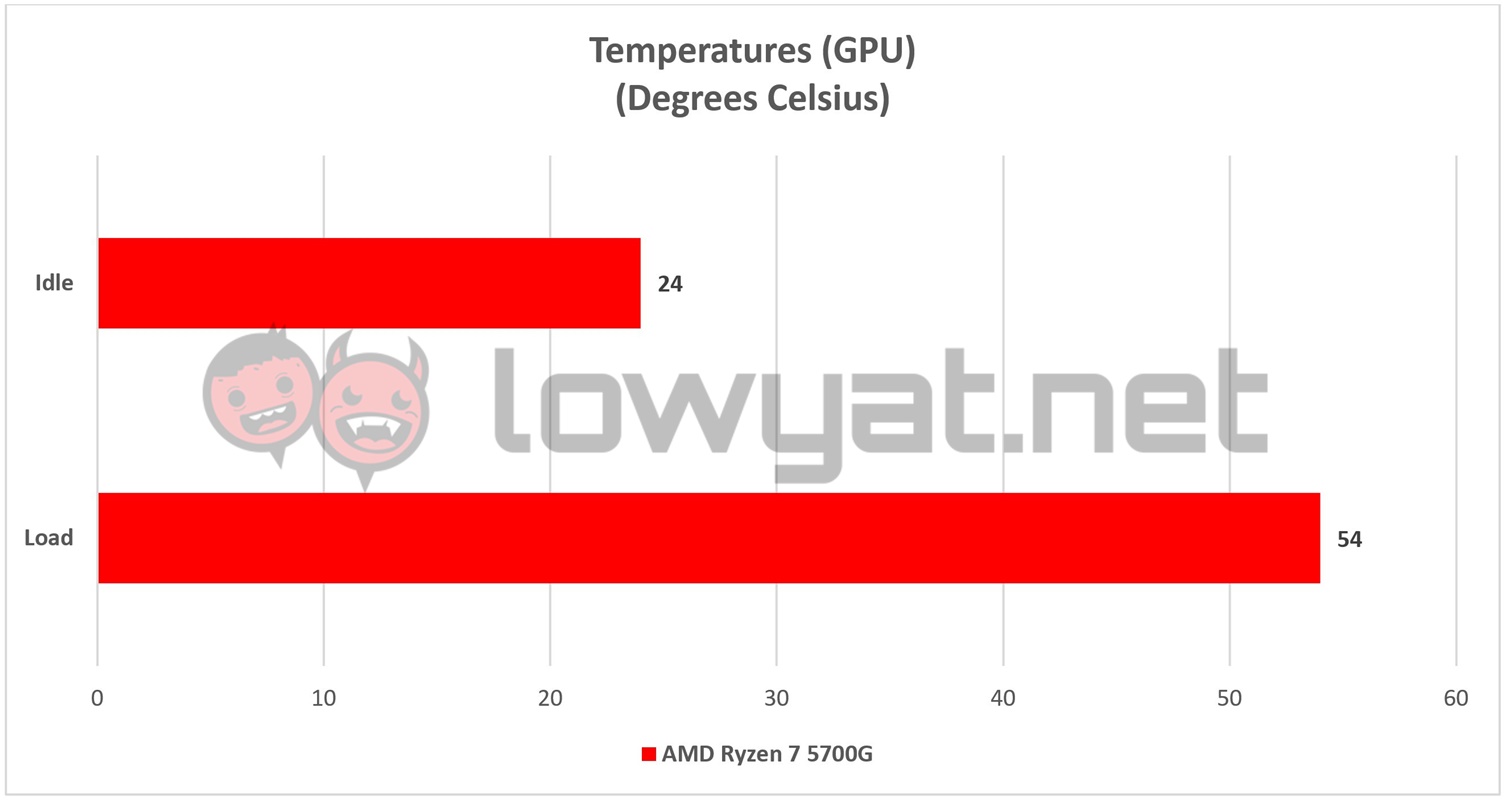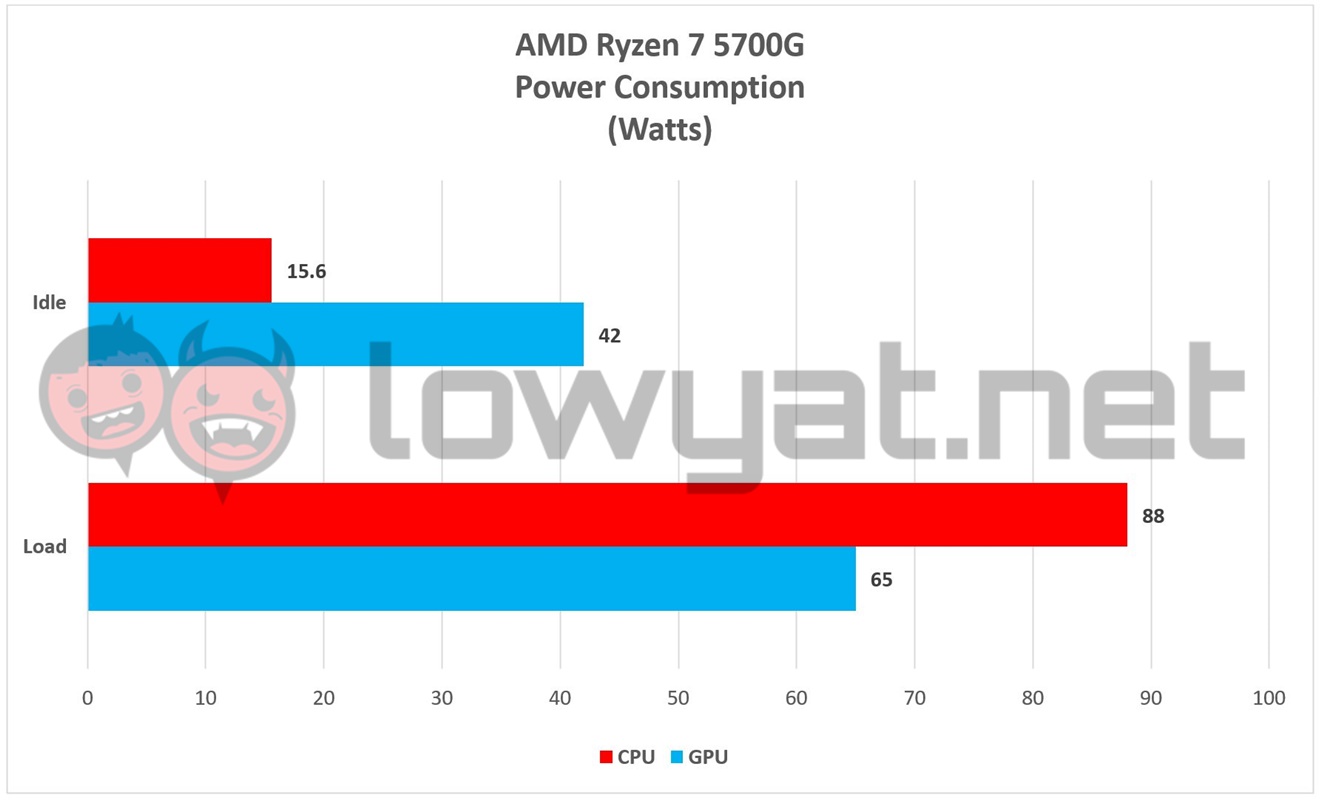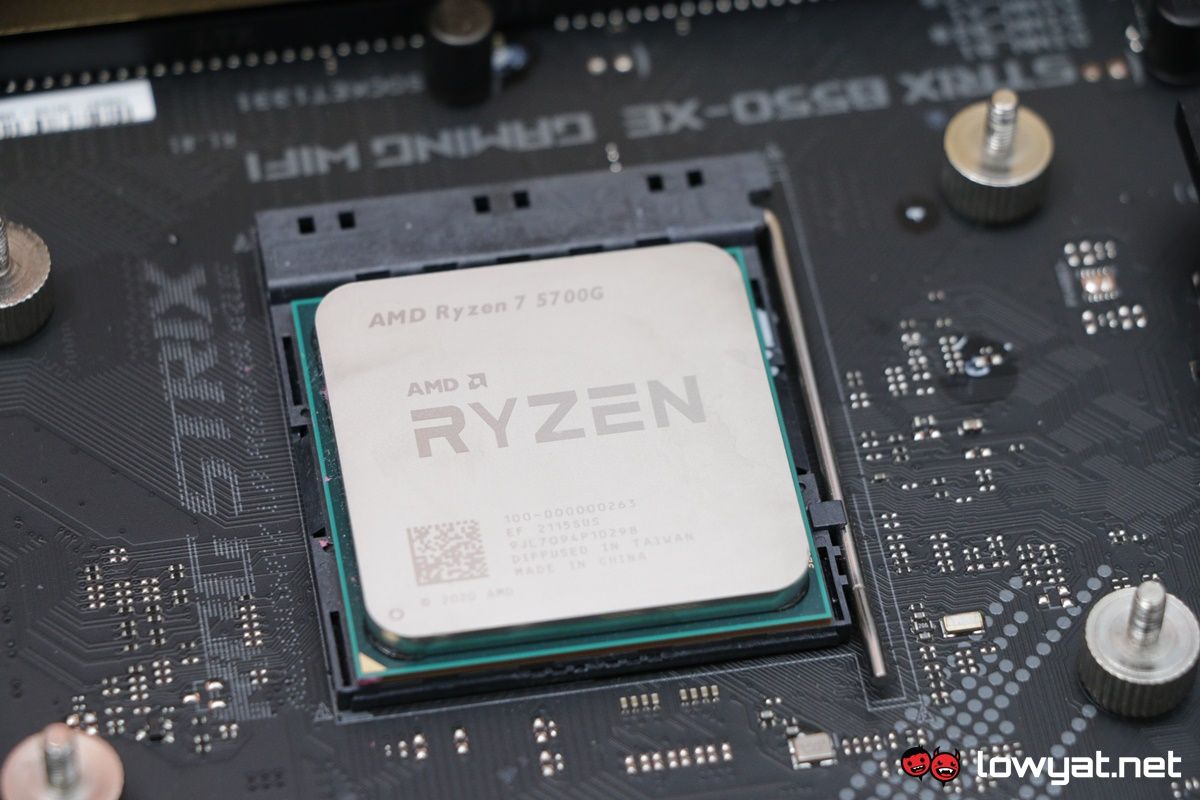From that light, an APU like the Ryzen 7 5700G is certainly a viable option: it’s based on the latest Zen 3 “Cezanne” CPU architecture and comes with Radeon RX Vega GPU cores, all at an encompassing price of RM1639. The question is though, how much bang are you actually getting out of the Ringgits you’re throwing for this APU?
Specification
At this stage, there truly isn’t a whole lot that I can mention about the 5700G that hasn’t already been explained. Like all Ryzen 5000 series processors, the 5700G is based on the current Zen 3 architecture and shares the same core and thread count as the Ryzen 7 5800X. Of course there are other details that separate the APU from the crowd; its total L3 cache size is half of what the 5800X has at 16MB, while its boost clock is 100MHz slower at 4.6GHz. Of course, as an APU, the 5700G does have integrated GPU cores. Specifically, it has eight Radeon RX Vega cores, running at 2GHz. Unfortunately, the APU only accommodates the PCIe 3.0 interface instead of PCIe 4.0, but on the plus side, it’s relatively power-efficient at 65W.
To that end, I will not bore you by repeating what details that you already know about Zen 3.
Testbed
In order to test the 5700G in its entirety, I’ve had to make a slight change to the testbed and swap out the motherboard. In place of my defacto MEG X570 GODLIKE motherboard from MSI, I am using the ASUS ROG Strix B550-XE Gaming Wi-Fi. There is also a simple explanation behind the motherboard swap: the rear I/Os of the B550-XE includes both HDMI and DisplayPort ports, while the higher-tier GODLIKE motherboard does not.
Benchmarks
While the 5700G does indeed sport an 8-cores, 16-thread layout, the 16MB L3 Cache is a clear limitation, and it shows in the synthetic benchmarks. In UL’s PCMark 10 tests, the processor’s CPU cores lag behind even the 5800X, while in the 3DMark Physics and CPU tests, it actually performed fairly decent in both the Time Spy and Time Spy Extreme Physics test.
In Cinebench R20, the 5700G actually doesn’t perform too badly either and is able to keep the pace in the single-core test. Also as expected, the APU clearly needs longer to complete the Quick and Full tests of the Blender benchmark.
As for the GPU benchmark of the 5700G, the Radeon RX Vega cores are surprisingly versatile. It goes without saying that its prowess is nowhere close to a full-sized desktop GPU, but all things considered, the Vega cores are able to provide a reasonable 30 fps average across the board with all of the above titles, with all their graphics presets set to the lowest preset available. To that end, expectations will need to be managed to a measurable degree for the synthetic benchmarks portion of 5700G’s Graphics cores. With benchmark programs like Unigine Superposition, running and concluding the test at Full HD and with the shaders and texture settings set to Low is a feat, in and of itself. And by that, I mean that the APU crashed twice before it was even able to run the benchmark to completion. Even then, the final run wasn’t without issue, with a heavy presence of artifacts appearing throughout.
Temperature And Power Consumption
At this rate, I was expecting the 5700G to run almost as hot as its non-GPU equipped Ryzen counterparts, but that clearly isn’t the case. Instead, both the CPU and GPU cores on this APU were able to keep the temperatures considerably lower, which is an impressive feat. That said, I should point out that the processor is tested on an open testbench, with the ambient temperature kept consistently at 20°C. For that matter, the Radeon RX Vega cores managed to stay below the 60°C mark, even when I consistently began hitting it with my test titles non-stop.
As for the 5700G’s TDP, its power consumption falls within the stated parameters, although again, it is surprising that the Radeon RX Vega cores do not seem to consume the same amount of power as the Zen 3 CPU cores.
Conclusion
So there you have it. While the AMD Ryzen 7 5700G is by no means a powerhouse, it most certainly is an APU that is truly capable of providing the best of both worlds, provided that you both make and live with some compromises in the graphics department. And while I did mention that this APU can serve as an alternative for gamers that are down on their luck, in their search for a full-size graphics card, let’s make one thing clear: it is by no means a permanent replacement for the component. As a final answer to the question of value I put forth at the start of this review: At RM1639, the 5700G still errs towards being relatively pricey, especially if one were to view it as an individual component. That said, the APU most certainly is worth considering, especially if you’re looking at building small form-factor PCs with the ability to scratch that gaming itch and not fuss about the overall visual fidelity.
